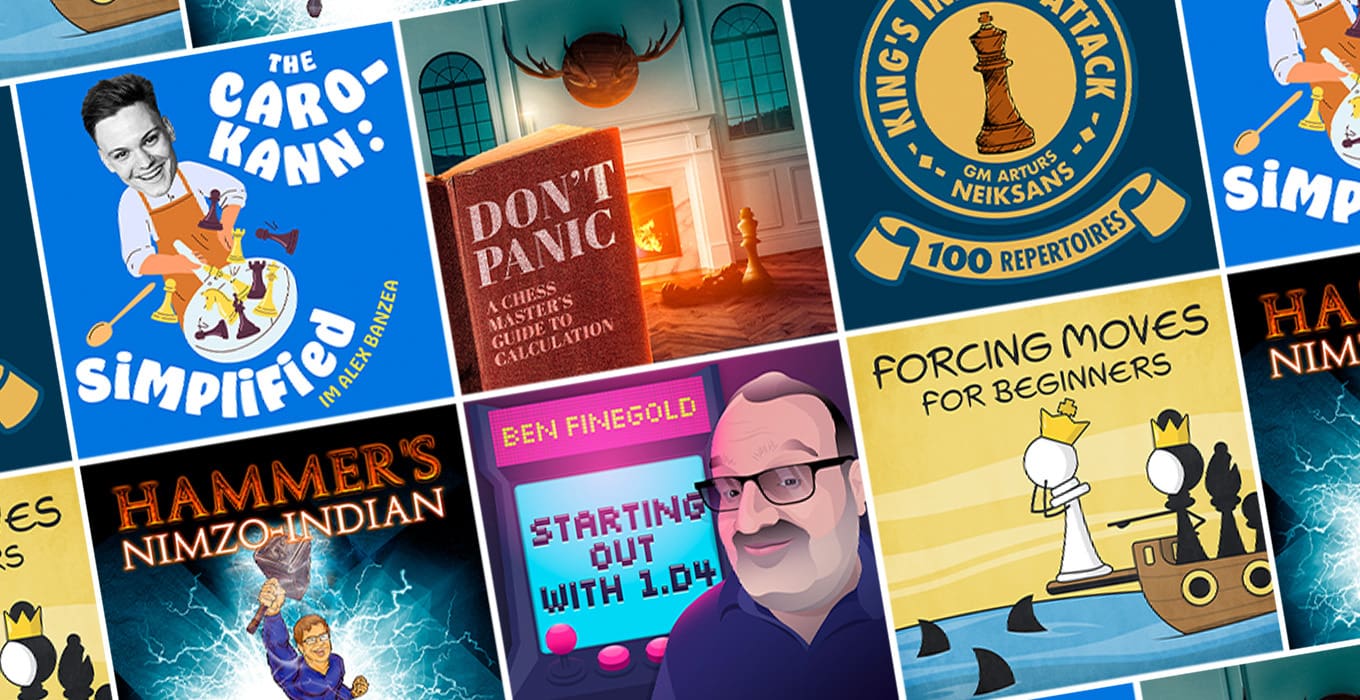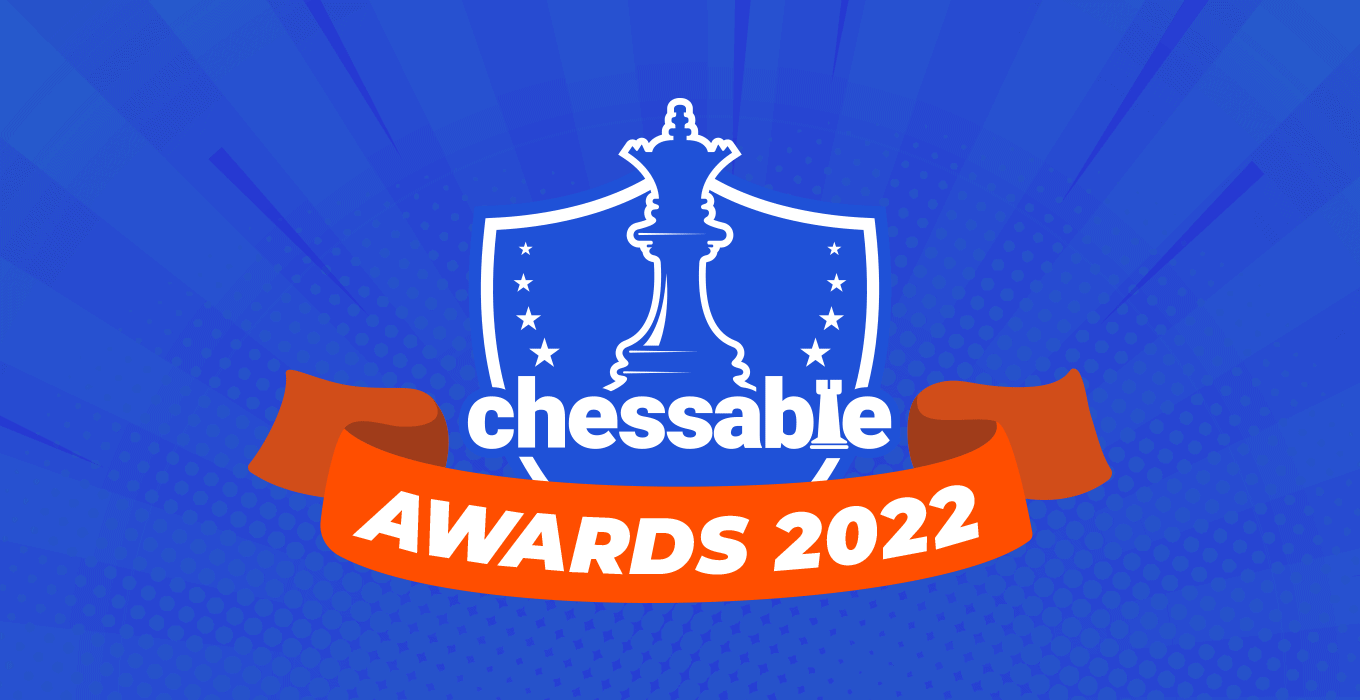Grandmaster Sam Shankland returns with the second part of his trilogy of courses on 1 d4 2 c4.
The three parts will add up to a very robust and serious attempt to gain an advantage as White.
Part 1 of the Lifetime Repertoire covers the sidelines (everything apart from 1 d4 d5 and 1 d4 Nf6).
1 d4 Nf6 2 c4: Serious Defenses
Today we examine Part 2, to see the lines recommended by the 2018 United States Chess Champion against such testing defenses as the Grunfeld, King’s Indian, Bogo-Indian and Queen’s Indian. The Blumenfeld Gambit (1 d4 Nf6 2 c4 e6 3 Nf3 c5 4 d5 b5) is also covered. Of course, it doesn’t enjoy the theoretical respectability of the other defenses but the move-order takes it away from the sidelines.
The recommend lines aim for strategic control of the position. The centre is occupied but not deluged (no Four Pawn’s Attack against the King’s Indian Defense, for example) with White looking to maintain an advantage in space.
After 1 d4 Nf6 2 c4 e6, White does not allow the Nimzo-Indian (3 Nc3 Bb4 or indeed head for the safe waters of the Catalan (3 g3). Instead, 3 Nf3 is the repertoire move, allowing the Bogo-Indian (3 …Bb4+) and Queen’s Indian (3 …b6) defenses.
The latter is met be the traditional move, 4 g3.
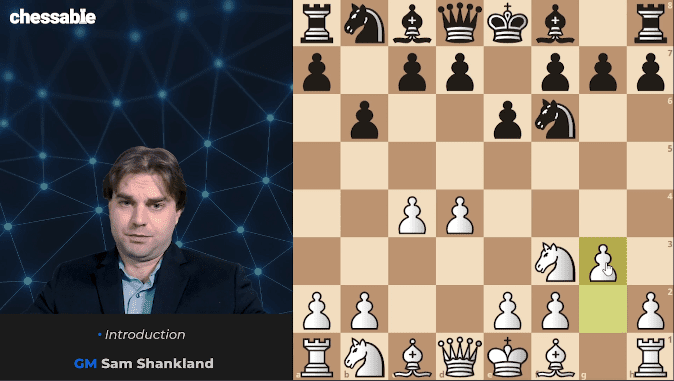
The Grunfeld Defense (1 d4 Nf6 2 c4 g6 3 Nc3 d5) is a very respectable defense with a lot of theory. The line advocated here is the Russian System (4 Nf3 Bg7 5 Qb3).
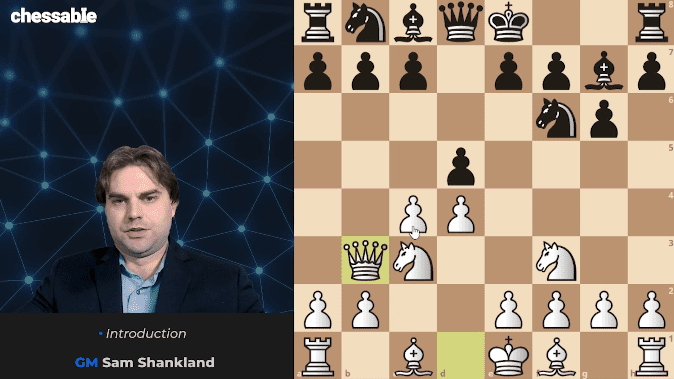
What About the King’s Indian Defense?
1 d4 2 c4 players are certainly going to see the The King’s Indian on a regular basis.
‘Generally speaking, White is better. Everyone knows White is better, including guys who play the King’s Indian themselves! I’m sure that Radjabov, Nakamura, and Ding Liren would tell you the same thing. But, the mainlines can be so strategically complex and next to impossible to play, even with computer help, that oftentimes the practical chances Black gets prove to be more important.’
Grandmaster Shankland is recommending the Gligoric System, in which White develops the bishops to e2 and e3.
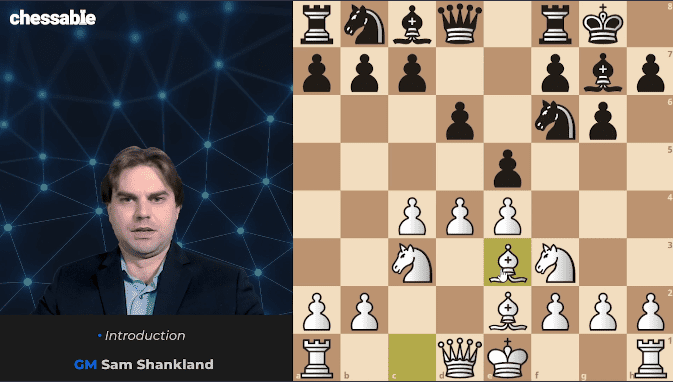
The Gligoric System is, admittedly, not the most challenging of lines but it does fit in with the ethos of this particular Lifetime Repertoire.
White will not attempt to blow Black off the board, but instead will aim for a strategically favourable position, in which the King’s Indian’s famous potential for violent counterplay is kept at bay. It is no accident that Anatoly Karpov used the system against Garry Kasparov when the latter used the King’s Indian as his main weapon in the 1990 title match. Kasparov still found ways to complicate matters, of course; but the Gligoric System still earned a plus score for Karpov against the King’s Indian.
The Key to Success
Flexibility is the key to White’s success. Svetozar Gligorić was one the strongest 1 d4 2 c4 players of all and he was especially knowledgeable when it came to the King’s Indian Defense. He was a great expert with both colours so it safe to assume that if he played the system with White then it is definitely worth trying.
This snippet – taken from one of the illustrative games included in the course – shows White’s flexibility in action.
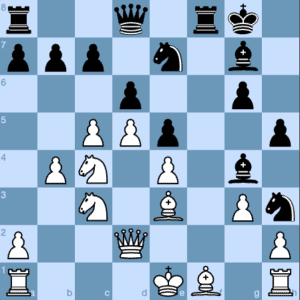 S. Del Rio de Angelis – O. Perez Mitjans
S. Del Rio de Angelis – O. Perez Mitjans
Atarrabia 2016
This position has the look of a standard King’s Indian race of attacks: White on the queenside, Black on the kingside. However, it is important to notice that White has not yet committed the king to either side of the board.
This means that White doesn’t mind the kingside being ruffed up, as the king can slip away to the other side of the board.
‘Despite pushing b2–b4 and c4–c5, White’s king is totally safe on the queenside, and he is absolutely winning.’ Indeed, Black resigned on move 39.
This repertoire is definitely not for players who are looking for a quick fix our an easy passes through chess opening theory. ‘Lifetime’ suggests a commitment on both sides. This is a serious course, for chess players who are willing to invests serious time and effort into learning a powerful repertoire with a substantial shelf-life.
Click here for further information on Lifetime Repertoires: Sam Shankland’s 1 d4 Part 2.






